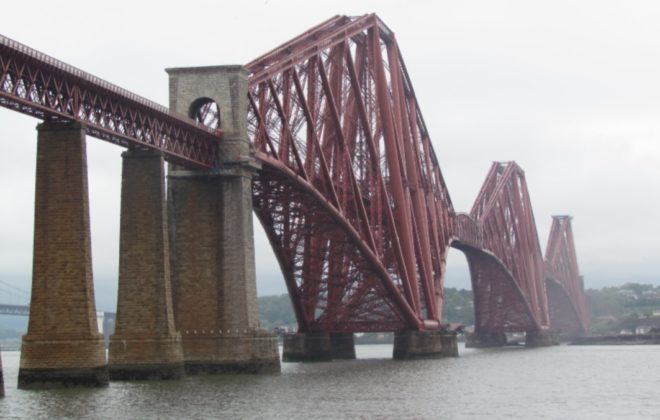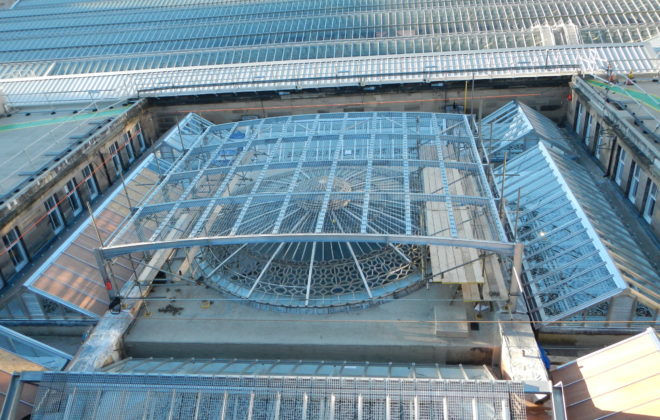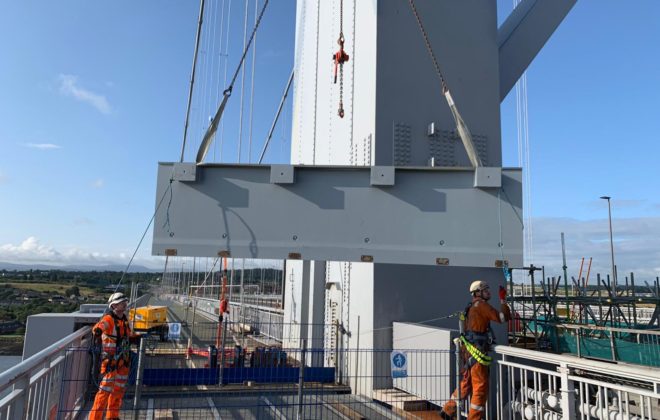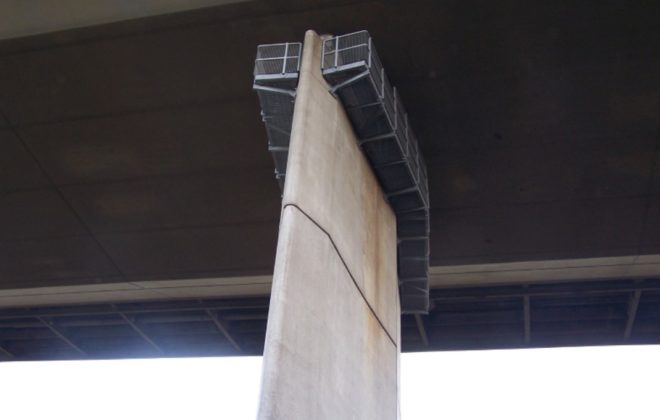Forth Road Bridge Bearing Replacement
Although several maintenance projects had been carried out on the Forth Road bridge since its opening in 1964, the bearings on the supporting piers had never been replaced. In order to replace these bearings, the load on each pier would need to be transferred off the existing bearings and redistributed to another point on the pier. This was not possible with the existing structure as the areas directly above the bearing pads had been designed with additional strengthening to take the load. To transfer the load would require a further 640 tonne of steel to be installed to support the load in a new area.
Millar Callaghan were awarded the contract to fabricate and install the supporting steelwork by presenting the client with not only a competitive price but also an impressive quality, environmental and health & safety package to carry out the works.
On winning the contract, a two-month survey was carried out by our structural engineers. This allowed us to accurately plot out the exact profile and curvature of the bridge. We also mapped the exact positions of the existing rivets to avoid clashing with, or on some occasions using, the existing rivet holes for the installation of the new steel. With the survey complete and fabrication drawings approved our workshop went in to full production of the new jacking legs and additional strengthening.
Due to the incredible loads imposed upon each jacking leg and the tight programme of works, there was a very high degree of quality control in place to ensure that the jacking legs were fabricated to a high quality first time, every time. A total of 68 jacking legs were fabricated from high grade weathering steel. This required a specific welding procedure and continued M.P.I & ultrasonic inspection.
The areas of the bridge where the installations had to take place were very restricted and congested. Drilling multiple holes in the existing structure in the required 68 locations was impractical and would weaken the structure. Millar Callaghan’s design team recreated a full size section of the bridge in their workshop and ran several installation trials of the jacking legs. By the time the first jacking legs were ready to be fitted the installation team had designed a full set of custom built lifting frames and had carried out several simulated installations on the full scale model of the bridge.
On site, each location was marked up with an individual drilling template which took into account the existing rivet pattern. The lifting frames were clamped to the existing runway beams and the jacking legs were installed in a very efficient and well-rehearsed operation. The jacking legs are now a permanent feature on the Forth Road Bridge to allow for future bearing maintenance and replacements to take place.




